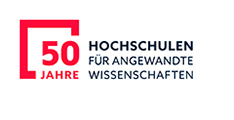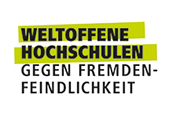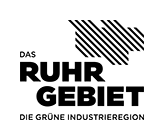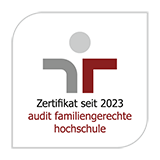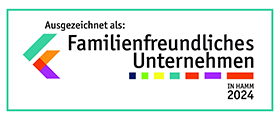About "OptiDent"
Craniomandibular dysfunction (CMD) encompasses various functional disorders of the masticatory system. It often manifests through symptoms such as headaches and facial or neck tension. Nighttime teeth grinding, which affects about one third of the population, can trigger or exacerbate functional disorders in the masticatory system.
A common treatment for CMD is hydrostatic dental splints, consisting of water-filled bite pads. They provide a temporary yet highly effective solution by correcting muscular imbalances in the jaw and promoting rapid muscle relaxation, thereby alleviating symptoms.
The aim of this project is to develop an innovative, recyclable composite material for the film enclosing the water in the bite pads. Particular focus is placed on optimizing the mechanical strength of the dental splints and simulating the forces exerted on the bite pad during chewing. For this purpose, a 3D jaw simulation model is developed to realistically represent the forces acting on the dental splint.
These simulations help determine the optimal base materials and additives, which are then compounded and processed into granulate. The resulting granulate possesses the desired mechanical, thermal, and optical properties, serving as the starting material for dental splint production.
Next, the film material is produced using flat film extrusion. The semi-finished products are then tested in the laboratory for their properties and further processability. Based on these results, the optimal material formulation can ultimately be determined.
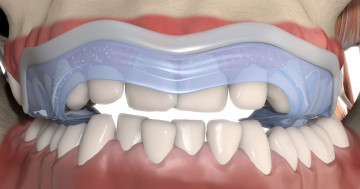
Aqualizer 3D ventral
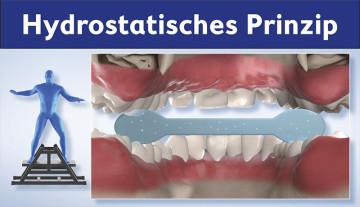
Hydrostatic principle
